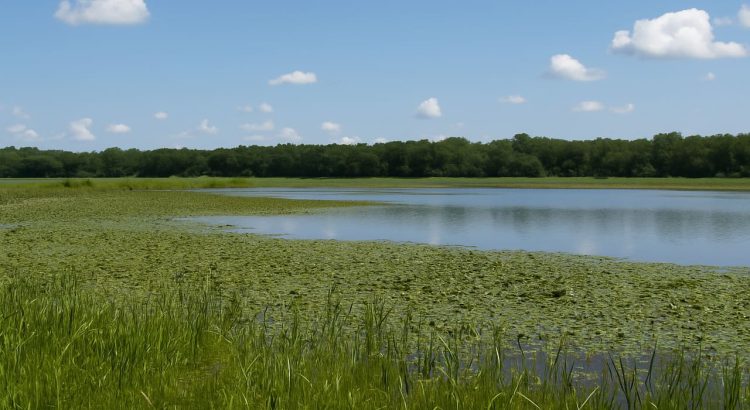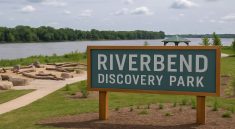Meet Muscatine – The Land of the Swamp is more than just a patch of preserved ground in Iowa it is a living reminder of the ecological richness that once stretched across the Midwest. Managed by The Nature Conservancy, this site represents a critical effort to protect wetland ecosystems that have historically been drained or altered for agriculture and urban expansion.
Located north in Muscatine County, the preserve offers a sanctuary where nature thrives relatively undisturbed. The official office overseeing the site is situate in Letts, Louisa County, ensuring professional management, research, and coordination with local communities. For visitors, the preserve provides both a sense of tranquility and an opportunity to witness firsthand the unique biodiversity of swamp and wetland habitats.
The Role of The Nature Conservancy
The Nature Conservancy (TNC) is known worldwide for its dedication to safeguarding lands and waters essential to both people and wildlife. Its management of the Land of the Swamp aligns with its broader mission: restoring ecosystems, protecting species, and promoting sustainable use of natural resources.
At this site, TNC focuses on conserving wetland habitats that support migratory birds, amphibians, and native plants. Restoration projects often include removing invasive species, reintroducing native vegetation, and monitoring water quality. These efforts not only protect wildlife but also enhance natural flood control and water filtration benefits that extend beyond the boundaries of the preserve.
Read More : A Journey Through Flavor: Visiting Wide River Winery in Muscatine
Ecological Richness of the Swamp
Wetlands are often called the “kidneys of the landscape” because of their ability to filter water and sustain diverse life. The Land of the Swamp exemplifies this role. Within its borders, visitors can observe a rich mosaic of habitats ranging from shallow marshes to deeper swamp forests. Each microhabitat contributes to the preserve’s ecological importance.
Species commonly associated with Iowa’s wetlands thrive here. For example:
- Migratory birds such as herons, ducks, and sandhill cranes find food and nesting sites.
- Amphibians like frogs and salamanders rely on shallow waters to complete their life cycles.
- Native plants including sedges, rushes, and swamp wildflowers provide cover and food sources.
By offering protection to these species, the preserve ensures that ecological processes remain intact, benefiting both nature and people who rely on healthy environments.
Public Access and Educational Opportunities
Though it is a conservation site, the Land of the Swamp is open to the public, providing a rare opportunity for people to connect directly with nature. Visitors can hike trails, observe wildlife, and experience the peacefulness of wetlands a landscape often overlooked compared to forests or prairies.
The preserve also serves as a living classroom. Local schools, universities, and environmental groups use it for field studies and ecological education. These activities help foster a deeper appreciation of Iowa’s natural heritage and inspire future generations to value conservation. By allowing public access, the site balances preservation with education, ensuring people understand why protecting wetlands is vital.
Also Read : Signs of Faith: Tracing the Apostolic Miracles Across the New Testament
Challenges of Preserving Wetland Habitats
Like many conservation areas, the Land of the Swamp faces ongoing challenges. Invasive plant species threaten to outcompete native vegetation, altering habitat structures. Agricultural runoff and water quality issues present another difficulty, as surrounding land use directly influences the health of the preserve.
To address these problems, The Nature Conservancy collaborates with local farmers, government agencies, and volunteers. Restoration strategies often involve:
- Controlling invasive species such as reed canary grass.
- Enhancing native vegetation through seeding and planting.
- Implementing water management practices that support wetland hydrology.
These collaborative efforts highlight the interconnectedness of conservation and community, reminding us that protecting a swamp is also about protecting the people and land around it.
Looking Toward the Future of Conservation
Instead of closing with a summary, it is worth shifting attention to the broader implications of the Land of the Swamp. This preserve is part of a larger conversation about how societies balance development with ecological integrity. Wetlands in the United States have been drastically reduced over the last century, but sites like this demonstrate how restoration and protection are still possible.
The future of conservation depends not only on organizations like The Nature Conservancy but also on public support and awareness. By visiting, volunteering, or simply learning about places like the Land of the Swamp, individuals contribute to a legacy of protection that ensures wetlands remain part of Iowa’s identity. Ultimately, the preserve stands as a testament to resilience of ecosystems, of conservationists, and of communities who see the value in keeping nature alive for generations to come.




